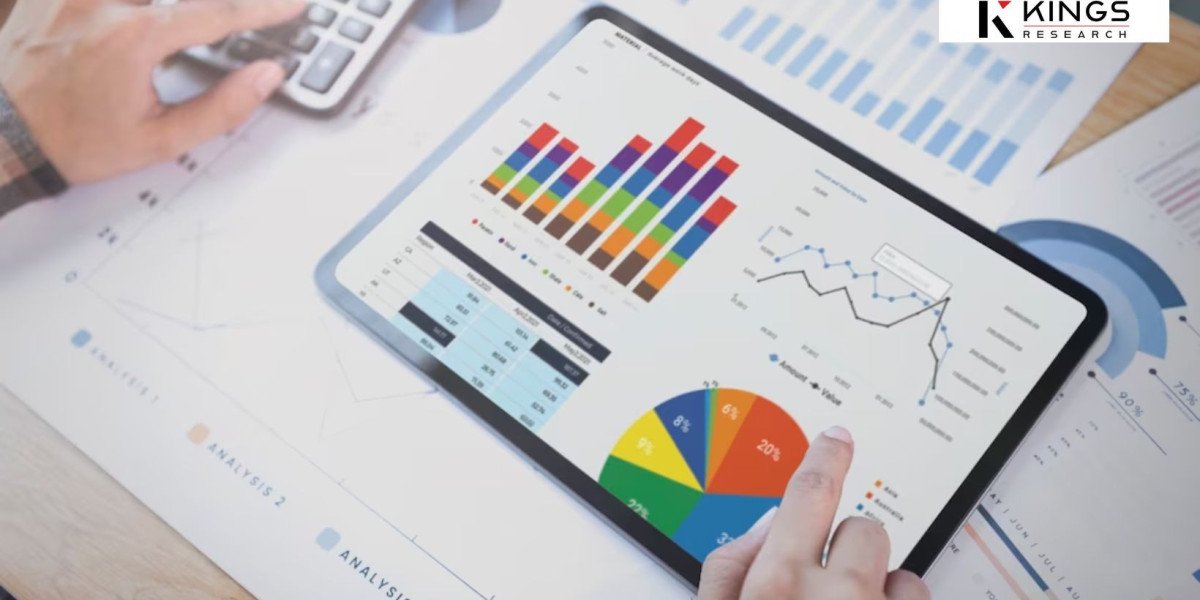Key Takeaways
- Digital printing offers cost-effective solutions, especially for short runs and custom designs.
- There are significant advantages in speed, efficiency, and environmental impact.
- Some limitations exist, including initial investment costs and challenges with color matching.
- Comparing digital printing to traditional methods like offset, flexographic, and gravure printing reveals distinct benefits and drawbacks.
- Innovations in technology continue to enhance the capabilities and sustainability of digital printing.
Introduction
Digital printing has revolutionized the packaging industry, debunking the myth that traditional printing methods are the only viable options for high-quality, cost-effective production. From its early beginnings to its current state, digital printing has evolved significantly, becoming a crucial player in the packaging sector, particularly for cone sleeves. This article delves into the various aspects of digital printing for Cone Sleeves, highlighting the pros and cons, and providing a comprehensive understanding of its impact.
What is Digital Printing?
Digital printing is a method that prints digital-based images directly onto various media. Unlike traditional methods, it doesn't require a printing plate, making it ideal for short runs and variable data printing. This technology has reshaped how businesses approach packaging, allowing for greater flexibility and efficiency.
Comparison with Traditional Printing Methods
Traditional printing methods, such as offset, flexographic, and gravure printing, involve more complex setup processes and are typically more cost-effective for large runs. Digital printing, on the other hand, excels in situations where customization and quick turnaround times are essential.
Importance in Modern Packaging
In the fast-paced world of packaging, digital printing offers unparalleled advantages in terms of speed, customization, and cost-effectiveness, particularly for products like cone sleeves that benefit from vibrant, high-quality designs.
How Digital Printing Works for Cone Sleeves
The process of digital printing involves several key steps, from preparing the digital file to the actual printing and finishing. Various types of digital printers, such as inkjet and laser printers, are used depending on the requirements.
Types of Digital Printers Used
- Inkjet Printers : Known for their ability to produce high-quality images with vibrant colors.
- Laser printers: Preferred for their accuracy and speed.
Materials Suitable for Digital Printing
Digital printing is compatible with a wide range of materials, including paper, cardboard, and certain plastics, making it versatile for different types of cone sleeves.
Advantages of Digital Printing for Cone Sleeves
Cost-Effectiveness
One of the most significant advantages of digital printing is its cost-effectiveness, particularly for short runs. There are reduced setup costs compared to traditional methods, and the ability to print on demand eliminates the need for large inventories.
Customization and Personalization
Digital printing offers unmatched flexibility in design changes, allowing brands to easily cater to market trends and customer preferences. This level of customization is particularly beneficial for promotional campaigns and limited edition releases.
Speed and Efficiency
With faster turnaround times and the capability to print on demand, digital printing significantly boosts efficiency. This rapid production process is crucial for meeting tight deadlines and responding quickly to market changes.
Environmental Impact
Digital printing is often more environmentally friendly than traditional methods. It produces less waste and can use eco-friendly inks and materials, contributing to a more sustainable production process.
Quality and Precision
High-resolution output and consistent print quality are hallmarks of digital printing. This ensures that each cone sleeve meets the required standards, with vibrant colors and sharp details.
Disadvantages of Digital Printing for Cone Sleeves

Initial Investment Costs
While digital printing offers many benefits, the initial investment in equipment can be high. Additionally, skilled operators are required to manage the printing process, adding to the overall cost.
Limited Color Matching
Achieving exact color matches can be challenging with digital printing. This is particularly noticeable with certain limitation color ranges, where traditional methods might offer better results.
Durability Concerns
Digital prints can be susceptible to scratching and fading over time. This can be a concern for products that require long-lasting durability, although advances in technology are continually addressing these issues.
Material Limitations
Not all substrates are compatible with digital printing, which can limit the types of materials that can be used. This is a significant consideration when choosing the best printing method for cone sleeves.
Production Scale
For extremely large production runs, digital printing may not be as cost-effective as traditional methods. The higher cost per unit for large volumes can be a drawback for some businesses.
Comparing Digital Printing with Traditional Methods
Offset Printing
In offset printing, ink is moved from a plate to a rubber blanket and finally to the print surface. It's known for its high-quality output and efficiency in large runs but has higher setup costs and less flexibility for small batches.
Flexographic Printing
Flexographic printing uses flexible plates to print on a variety of substrates. It's efficient for high-volume production and suitable for continuous patterns but offers less precision and quality than digital printing.
Gravure Printing
Gravure printing involves engraving the image onto a cylinder, which is then used to transfer ink onto the substrate. It's excellent for high-volume, high-quality printing but comes with high initial setup costs.
Choosing the Right Printing Method
Factors to Consider
When selecting the best printing method, consider factors such as budget, desired print quality, production volume, and time constraints. Digital printing often emerges as the preferred choice for short runs and customized designs.
Case Studies and Examples
Although not detailed in this article, examining real-world applications of digital printing can provide valuable insights into its benefits and potential drawbacks.
Innovations in Digital Printing Technology
Advances in Printer Technology
New printer models and capabilities continue to emerge, enhancing the speed, quality, and efficiency of digital printing. Integration of AI and automation further streamlines the process.
Improved Inks and Materials
Developments in eco-friendly inks and enhanced substrate compatibility are expanding the possibilities of digital printing, making it a more viable option for a wider range of applications.
Future Trends
The digital printing industry is poised for continued growth, with advancements likely to impact the packaging market significantly. Emerging trends include further improvements in sustainability and the integration of smart technologies.
Environmental and Economic Impact
Sustainability
Digital printing supports eco-friendly practices, reducing waste and utilizing sustainable materials. This not only benefits the environment but also aligns with the increasing demand for green packaging solutions.
Cost Analysis
A detailed cost comparison reveals that while digital printing may have higher initial costs, long-term savings from reduced waste and inventory can offer a favourable return on investment.
Common Myths about Digital Printing
Mythbusting
There are several misconceptions about digital printing that need to be addressed. For instance, many believe that digital printing cannot match the quality of traditional methods, which is not necessarily true given the advancements in technology.
FAQs
What are the main benefits of digital printing for cone sleeves?
Digital printing offers cost-effective solutions for short runs, allows for high customization and personalization, provides faster turnaround times, and is generally more environmentally friendly compared to traditional methods.
How does the cost of digital printing compare to traditional methods?
While digital printing may have higher initial equipment costs, it is often more cost-effective for short runs and custom designs due to reduced setup costs and the ability to print on demand.
Can digital printing match the colour quality of traditional printing?
Digital printing can produce high-quality, vibrant colours, although achieving exact colour matches can sometimes be challenging. Advances in technology continue to improve color-matching capabilities.
What materials can be used with digital printing for cone sleeves?
Digital printing is compatible with a variety of materials, including paper, cardboard, and certain plastics. However, not all substrates are suitable, and it's essential to choose the right material for the desired application.
Is digital printing suitable for large production runs?
Digital printing is ideal for short to medium runs due to its flexibility and efficiency. For extremely large production runs, traditional methods might be more cost-effective.
Conclusion
Digital printing for cone sleeves offers numerous advantages, from cost-effectiveness and customization to speed and environmental benefits. While there are some limitations, such as initial investment costs and color-matching challenges, the ongoing innovations in technology continue to enhance its appeal. Businesses looking to stay competitive in the fast-paced packaging industry should consider digital printing as a viable option for their cone sleeve production needs.








